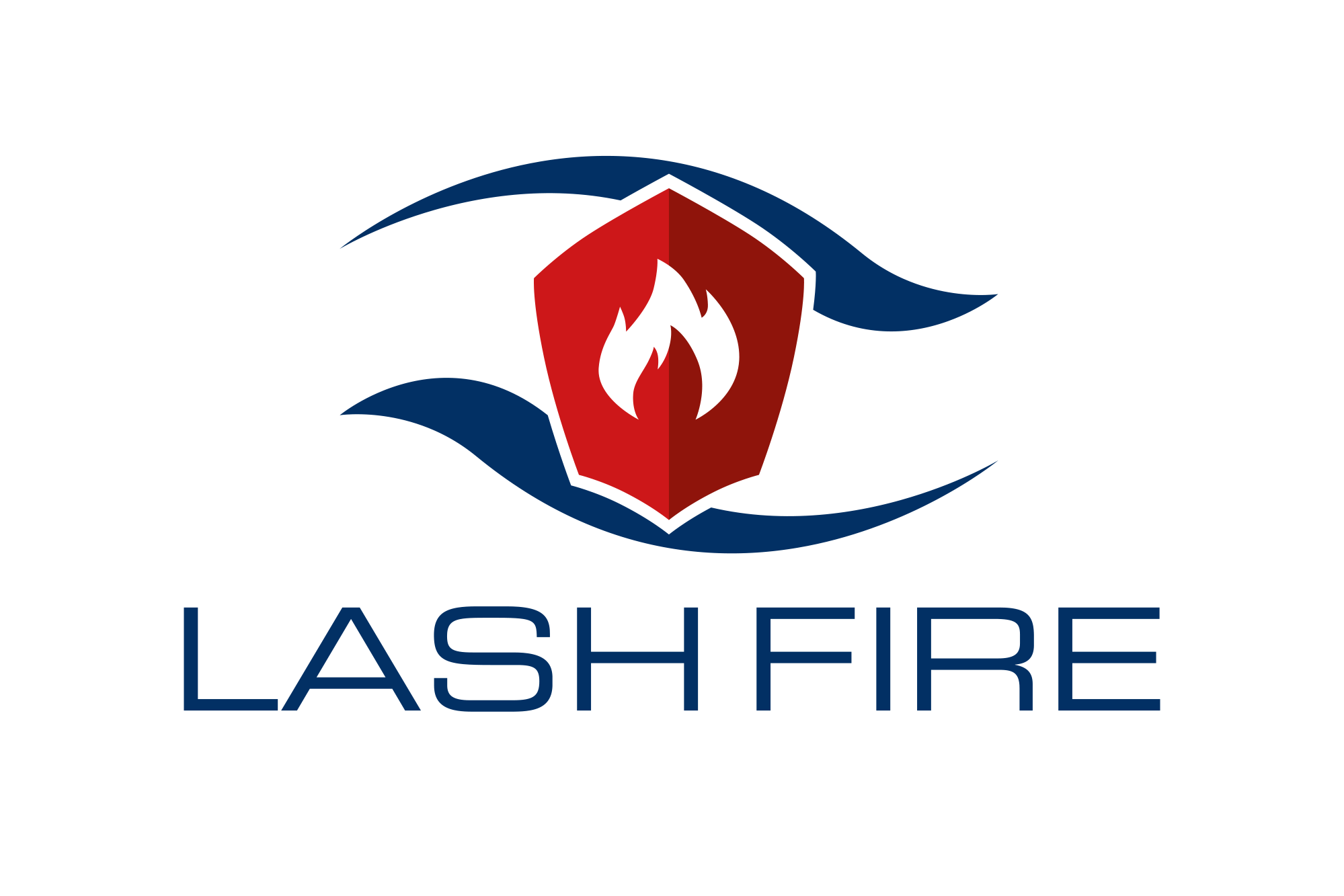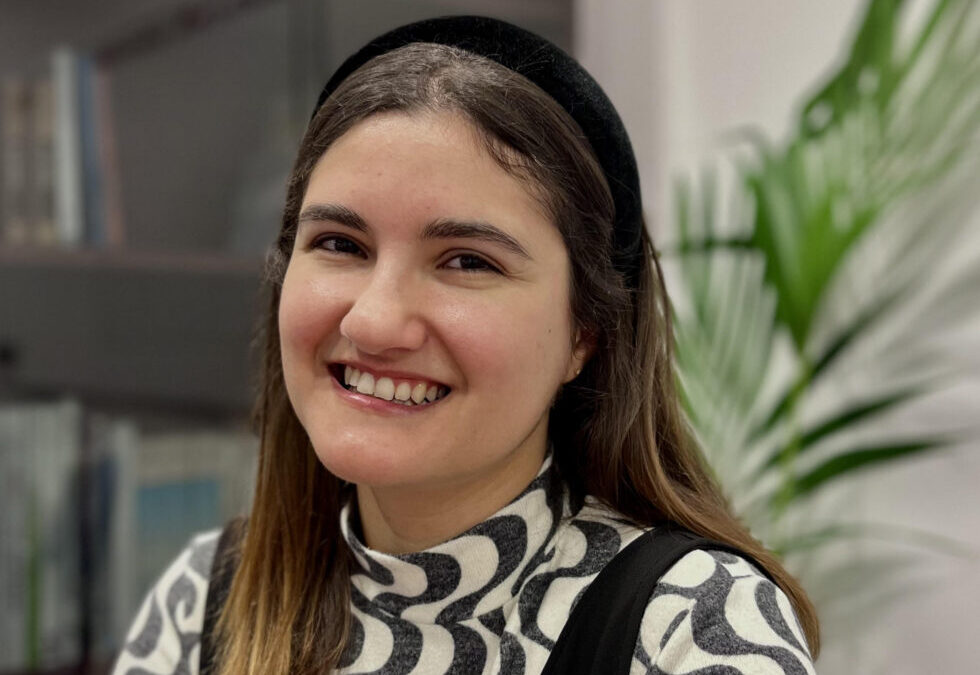Meet the partners is a series of interviews with the LASH FIRE partners who present core of the project. We ask the partners about their expertise, expectations from the project and anything we want to know about fire safety. Today, on International Women’s Day in the fifth edition of Meet the Partners, we interview África Marrero, Naval Engineer at CIMNE.
1. What are the areas of competence of CIMNE – International Centre for Numerical Methods in Engineering ?
The research and technology development activities of CIMNE cover a wide spectrum of topics ranging from classical engineering fields such as civil, mechanic, environmental, naval, marine and offshore, food, telecommunication and bio-medical engineering, computer sciences and applied sciences such as material sciences bio-medicine, computational physics, nature, social and economic sciences and multimedia sciences, among others.
2. In what way does CIMNE contribute to LASH FIRE?
In LASH FIRE, CIMNE is the leader of WP08 (Ignition Prevention), mainly focusing all the technical tasks on Action 8-A Automatic screening and management of cargo fire hazards.
CIMNE has two departments working together, CIMNE TIC and CENIT (Center for Innovation in Transport). We work in the area of fire prevention in ro-ro ships, focusing on cargo fires. We combine interdisciplinary knowledge of naval architecture and ICT, including software development and both database design and implementation.
3. How do the goals of LASH FIRE fit with CIMNE’ objectives?
One of the main objectives of CIMNE, as a research centre, is the transfer of technology and knowledge to the society. This is in line with the objectives of LASH FIRE, where different partners join together to create solutions to a problem such as fires on ro-ro ships, to prevent fire accidents, so we are directly improving the safety of human life at sea and the integrity of ships through cutting edge developments.
As a naval engineer I believe that we are directly working to improve the safety of workers at sea, as this knowledge developed in LASH FIRE can be extrapolated to any other ship and therefore achieve global improvements in maritime transport.
In any case, what is undeniable is the fact that technology will play a relevant role being the corner-stone of the whole system. In LASH FIRE we are not only developing software but also introducing new elements helping in the fire prevention tasks as autonomous guided vehicles or artificial intelligent algorithms in the computer vision field.
4. What is your specific role in CIMNE and in LASH FIRE?
As Naval Architect, my main role in CIMNE is associated to the development and supervision of technical projects in the maritime transport sector and also in others concerning economics, logistics and infrastructure of ports. Most of them are research projects that also have a scientific dimension in terms of writing research publications and conference presentations.
As part of the team involved in LASH FIRE, my tasks are related to both project management and technical development. In such a big and important project, management becomes critical since the achievement of objectives is, most of times, a result of synergies and interactions between many partners. This way, periodic follow-up meetings and coordination is essential to success.
Besides management, I also participate in the most technical part since I like to be involved in the decision-making process of both design and implementation of the solutions that are being developed in the project. Constant contact with other members of the team and writing both internal reports and public deliverables for the European Commission are other tasks where I take part.
Finally, as above-mentioned, LASH FIRE is composed of a set of interesting results that, for sure, stand for their corresponding scientific papers. My contribution as author of some of these publications helps to disseminate the tasks performed to a wide variety of audience.
5. What was your experience with maritime fire safety projects before LASH FIRE or what are your expectations if this is the first maritime fire safety project you participate in?
This is the first European project (H2020) where I participate as research leader on behalf of CIMNE; and as a professional, it is my first project on the field of maritime safety.
Both at the beginning of the project and now my expectations have been to put my knowledge of ships into practice and to apply innovative solutions to solve a problem. In my case, my effort is focused on the prevention of the fire ignition in cargo. Knowing the loading procedures, what kind of goods are transported and how has been one of the main tasks that I have carried out in LASH FIRE; obtained results here have become the foundation where the rest of the solutions proposed by CIMNE were going to be based and for me, as a researcher, it was an important challenge.
Knowing what is loaded inside the ships, under what conditions and how we could not only transport the cargo safely but also the monitoring during a voyage has been a hard work where I would highlight the help of organisations and operators within the project so that this initial information would be available. Reliable solutions must be built on top of that knowledge since it is not feasible to design and develop over unknown items.
On a personal level, I am very proud that LASH FIRE is my first and hopefully not the last project in which I can develop my maritime safety knowledge. From CIMNE perspective, this is a line of research to be continued.
6. What is in your opinion the most interesting part of work done in LASH FIRE and why?
LASH FIRE is full of interesting developments aiming at providing a technological framework and background supporting future regulations pursuing fire risk reduction. These developments try to solve different situations that can be found in the different stages of a fire. We could spend hours talking about all the tasks that, in one or other way, help to achieve the objectives of the project.
Focusing in the ignition prevention, we are developing solutions that integrate with existing technologies or procedures while featuring innovation in the way the cargo units are managed before being stowed.
For example, after analysing hundreds of incident reports and available information, a cargo fire hazard database has been created and has been used as the foundation of a risk assessment of the units based on historical data. This is, by far, the most important item which is being incorporated in a software in charge of cargo distribution including fire hazard management. The software will operate as a plug-in complementing the existing software and adding a new layer of safety beyond the existing rules and recommendations for dangerous goods.
Complementing this tool, a new infrastructure to be placed in the land-side is being proposed. It consists of a set of sensors including thermal cameras and LIDAR that scan all vehicles before entering the ship in the search of hot-spots that may represent a serious menace.
7. How do you think the maritime accident response can change until 2050?
Response can vary a lot between accidents since situations are unpredictable. The main objective should be always trying to avoid these situations before they happen. Doing that, accident response is simplified at the same time that, the most important: saving human lives is achieved.
In any case, what is undeniable is the fact that technology will play a relevant role being the corner-stone of the whole system. In LASH FIRE we are not only developing software but also introducing new elements helping in the fire prevention tasks as autonomous guided vehicles or artificial intelligent algorithms in the computer vision field.
Firefighting equipment and new materials will also constitute a challenge for the ship industry, which is essential for the distribution of goods and development of the world-wide economy.

